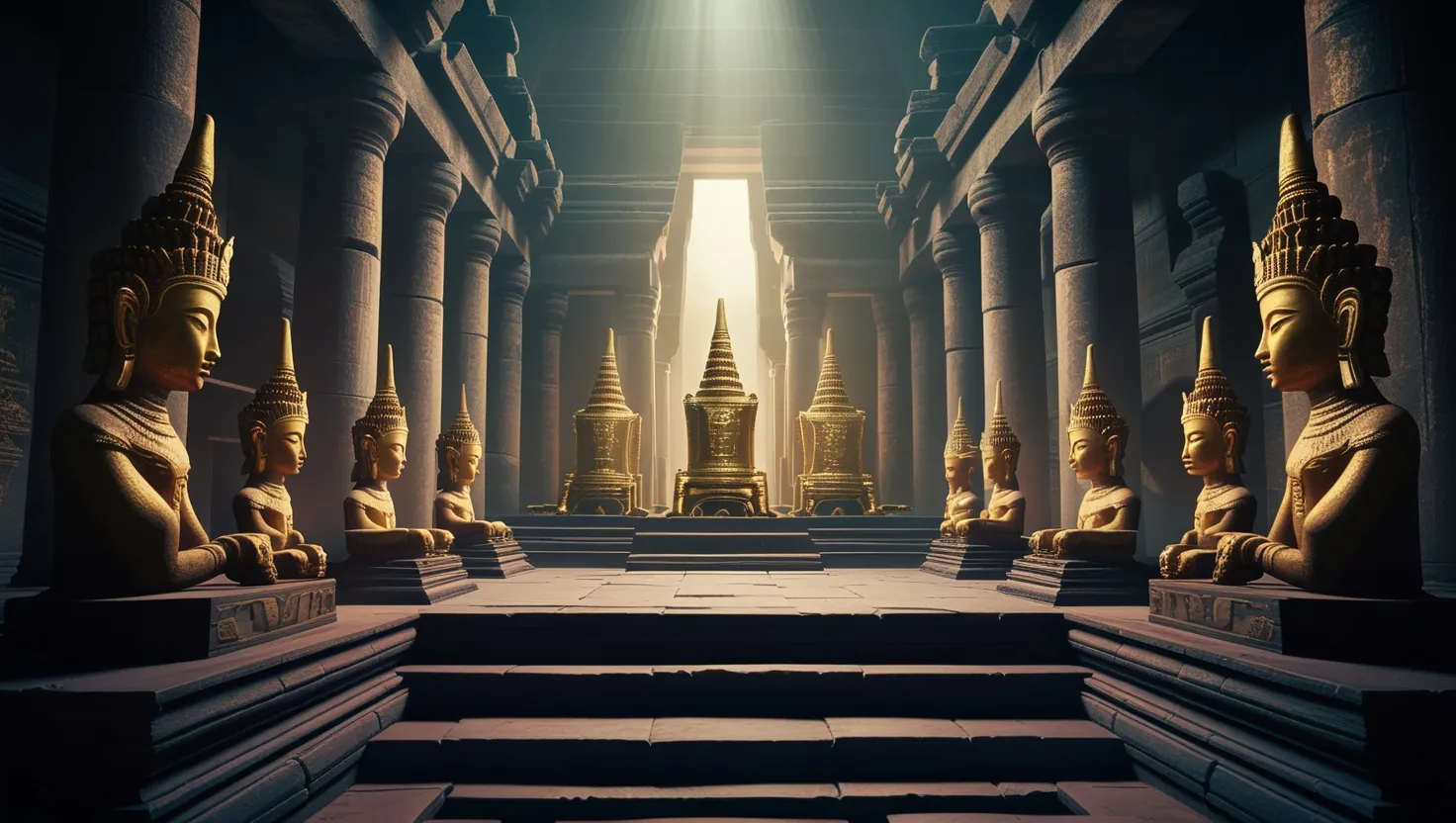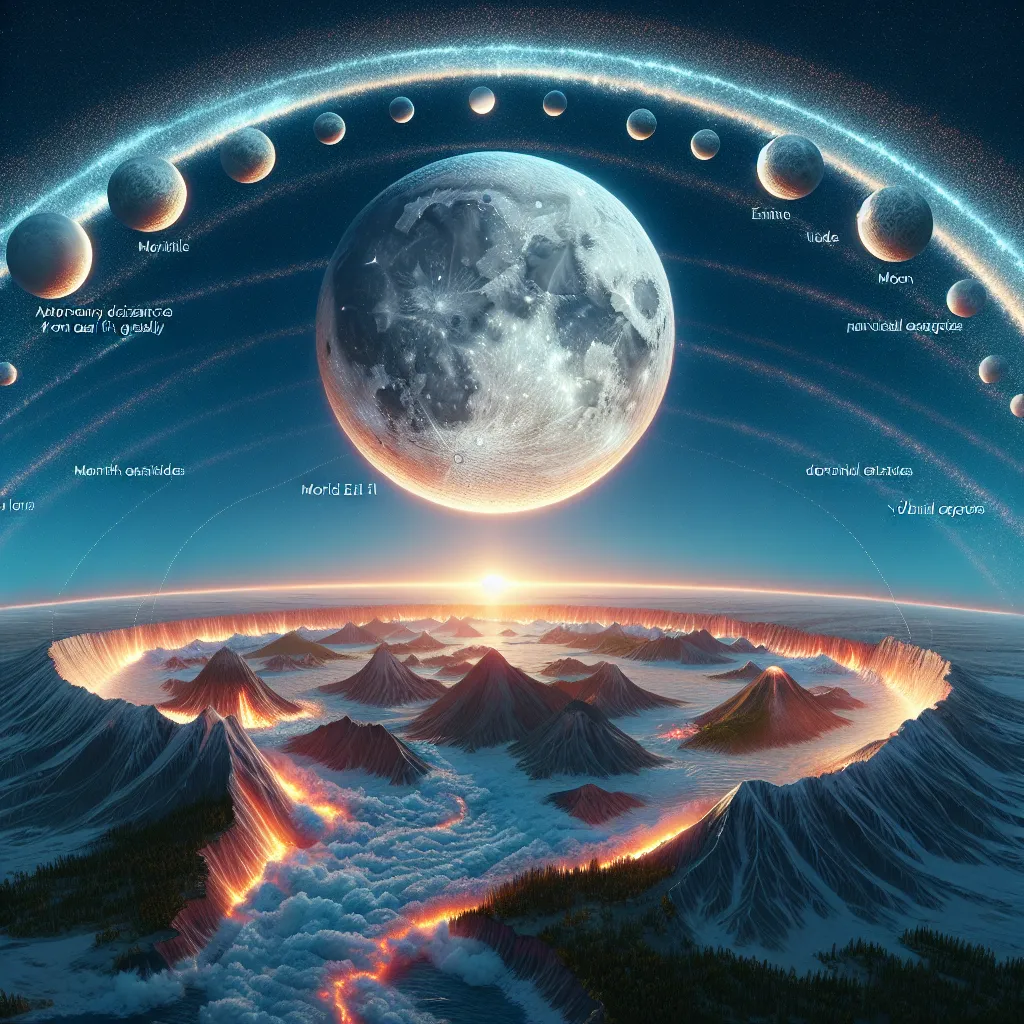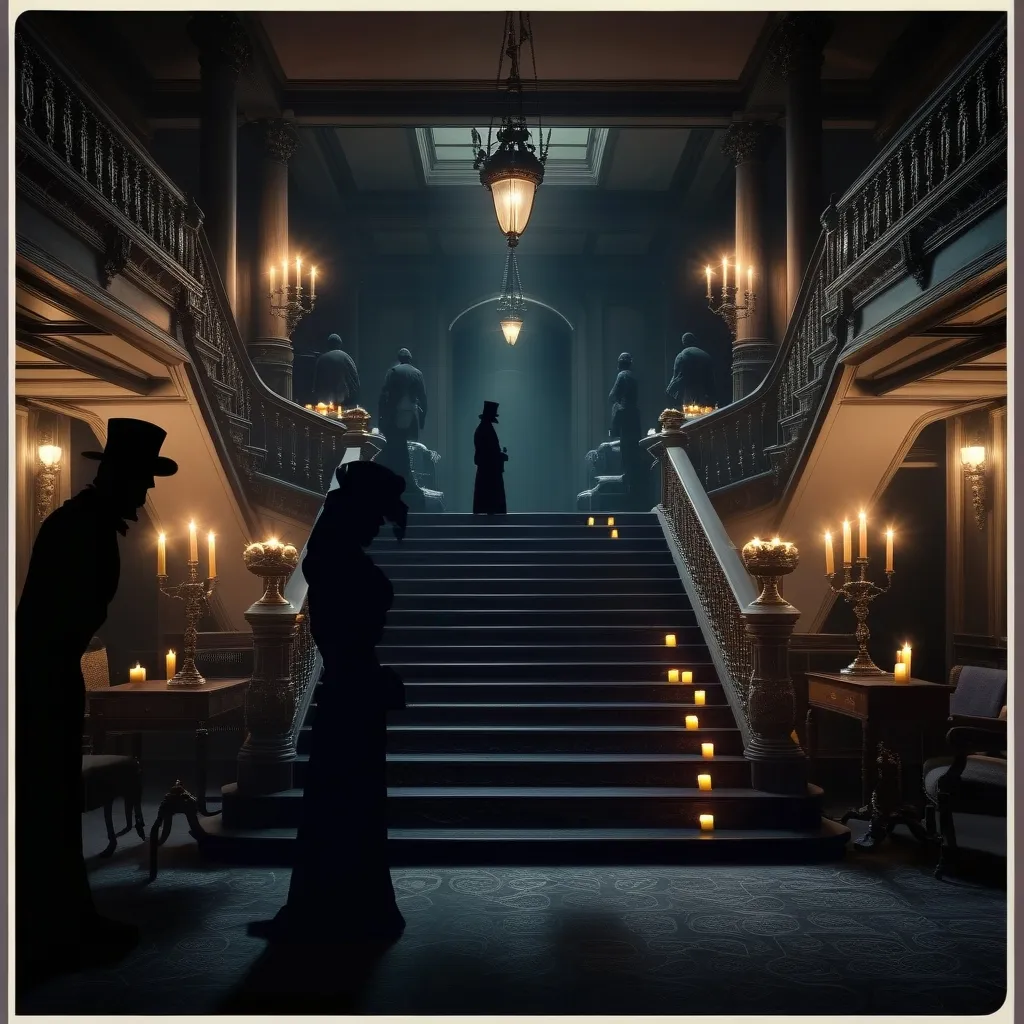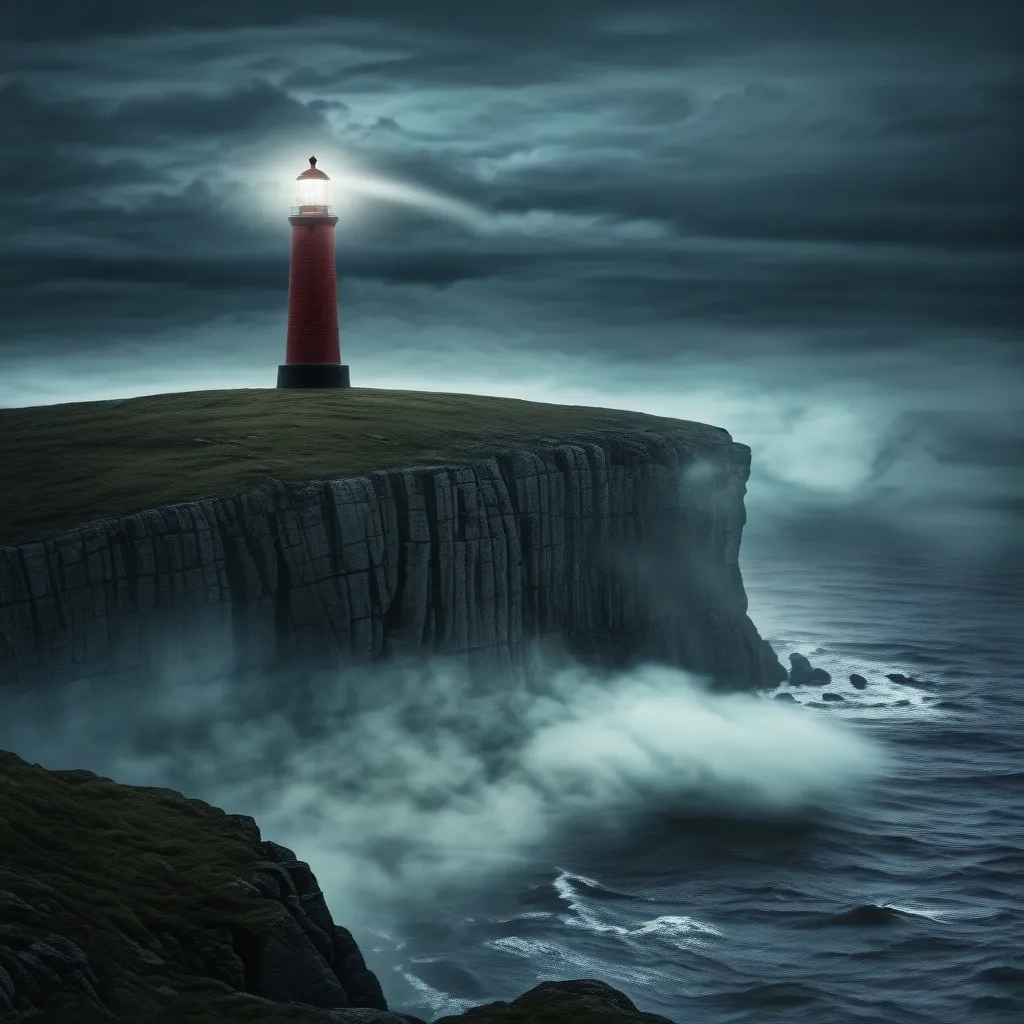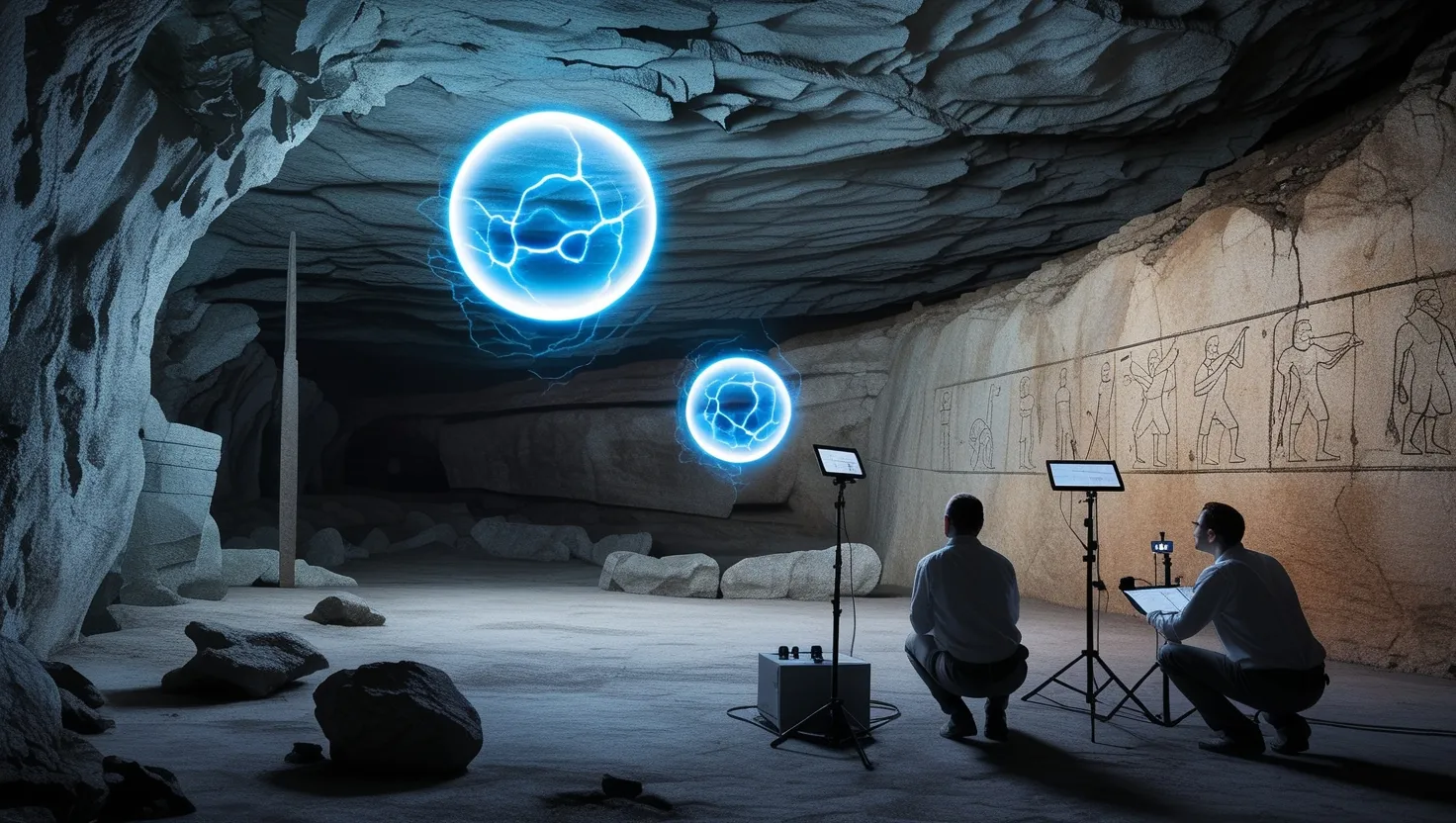Throughout history, sacred objects have captivated our imagination and held profound significance for various cultures and religions. Yet, some of the most revered artifacts have mysteriously vanished, leaving us with tantalizing questions about their fate. Let’s explore seven such disappearances that continue to intrigue historians and believers alike.
The Ark of the Covenant, perhaps the most famous of these lost treasures, has been the subject of countless theories and expeditions. This gold-covered wooden chest, said to contain the stone tablets of the Ten Commandments, was the holiest object in ancient Judaism. Its last confirmed location was in Solomon’s Temple in Jerusalem. But after the Babylonian conquest in 586 BCE, the Ark vanishes from historical records. Some believe it was destroyed or looted, while others claim it was hidden for safekeeping. The Ethiopian Orthodox Church even asserts that they possess the true Ark, guarded in a chapel in Aksum. Despite numerous searches, the Ark’s whereabouts remain unknown, fueling both scholarly debate and popular imagination.
“Sometimes the most precious things in life are the ones we can’t see,” mused an ancient philosopher. Could this apply to the Ark as well?
The Lost Menorah of the Second Temple is another sacred object shrouded in mystery. This seven-branched golden lampstand was a central fixture in the Jewish Temple in Jerusalem. When the Romans sacked the city in 70 CE, they took the Menorah as a trophy to Rome. The famous Arch of Titus even depicts Roman soldiers carrying it in triumph. But after this, the Menorah’s trail goes cold. Some speculate it was melted down for its gold, while others believe it may be hidden in the Vatican’s secret archives. The search for this symbol of Jewish faith and nationhood continues to this day.
Moving to medieval England, we encounter the enigma of the Crown of St. Edward the Confessor. This royal headpiece, used in English coronations since the 13th century, disappeared during the English Civil War. In 1649, Oliver Cromwell ordered the crown melted down and its jewels sold. However, rumors persist that a duplicate was made and the original hidden. Could this ancient symbol of English monarchy still exist, waiting to be rediscovered?
What secrets might lie hidden in the dusty corners of history?
The Stone of Scone, also known as the Stone of Destiny, is a sacred object with a tumultuous history. Used for centuries in the coronation of Scottish monarchs, it was seized by Edward I of England in 1296 and taken to Westminster Abbey. There it remained until Christmas Day 1950, when a group of Scottish students daringly stole it back. The stone was recovered four months later, but questions linger about whether the returned stone was the genuine article. Some believe the students may have created a replica, keeping the true Stone of Scone hidden in Scotland.
In the realm of Buddhism, the disappearance of the Sanjaya Buddha relics presents another intriguing case. These sacred remains of the Buddha were enshrined in the Great Stupa at Sanchi, India. However, during the decline of Buddhism in India, the relics vanished. Various theories exist about their fate - were they secretly removed by devoted monks, looted by invaders, or simply lost to time? The search for these revered relics continues, with some believing they may have been taken to Sri Lanka or other Buddhist countries.
The Crystal Skull of Lubaantun is a more recent addition to our list of vanished sacred objects. Allegedly discovered in 1924 by Anna Mitchell-Hedges in the ancient Mayan city of Lubaantun, Belize, this quartz skull has been the subject of much controversy. Some claim it’s an authentic pre-Columbian artifact with mystical properties, while others dismiss it as a modern forgery. The skull disappeared from public view for many years, resurfacing only in the 1960s. Its true origin and whereabouts during its absence remain a mystery, adding to its allure.
“The past is never dead. It’s not even past,” wrote William Faulkner. How might this apply to our perception of these lost artifacts?
Finally, we have the Holy Chalice of Valencia, purported to be the cup used by Jesus at the Last Supper. While it’s currently on display in Valencia Cathedral, its history includes periods of absence and uncertainty. The chalice’s provenance before the 11th century is unclear, and it was hidden several times during wars and conflicts. Some scholars question its authenticity, while others believe it could be the true Holy Grail. The chalice’s intermittent disappearances and reappearances have only added to its mystique.
These seven disappearances of sacred objects remind us of the fragility of even our most treasured artifacts. They also highlight the enduring human fascination with the divine and the mysterious. Whether these objects still exist, hidden away in secret locations, or have been lost forever to the ravages of time, their stories continue to captivate us.
As we ponder these mysteries, we might ask ourselves: What makes an object truly sacred? Is it its physical presence, or the meaning we attribute to it? Perhaps the true power of these artifacts lies not in their material form, but in their ability to inspire faith, wonder, and the eternal human quest for meaning.
In our modern world of advanced technology and instant information, these enduring mysteries serve as a humbling reminder of how much we still don’t know about our past. They challenge us to keep exploring, questioning, and imagining. Who knows what other secrets might be waiting to be uncovered?
“The most beautiful thing we can experience is the mysterious,” Albert Einstein once said. “It is the source of all true art and science.”
As we conclude our journey through these fascinating disappearances, we’re left with more questions than answers. But perhaps that’s the point. These mysteries invite us to look beyond the surface, to delve into the rich tapestry of human history and belief. They remind us that there’s always more to discover, more to learn, and more to wonder about.
So the next time you visit a museum, a historical site, or a place of worship, take a moment to reflect on the objects you see - and those that might be missing. What stories could they tell? What secrets might they hold? And how might they connect us to the vast, intricate web of human experience that stretches back through the millennia?
In the end, these vanished sacred objects, whether they’re ever found or not, serve a vital purpose. They keep us curious, they keep us searching, and they keep us connected to the great mysteries that have fascinated humanity since time immemorial. And in doing so, they remind us of a fundamental truth: that sometimes, it’s not the finding that matters, but the seeking.
